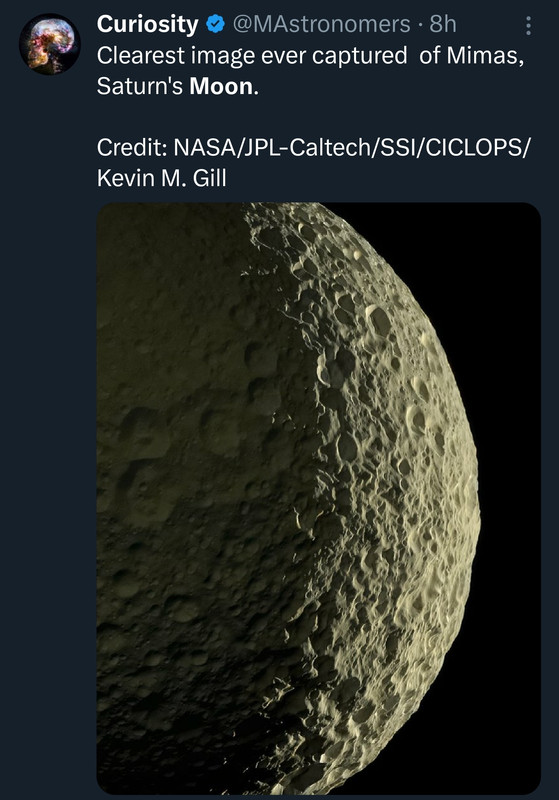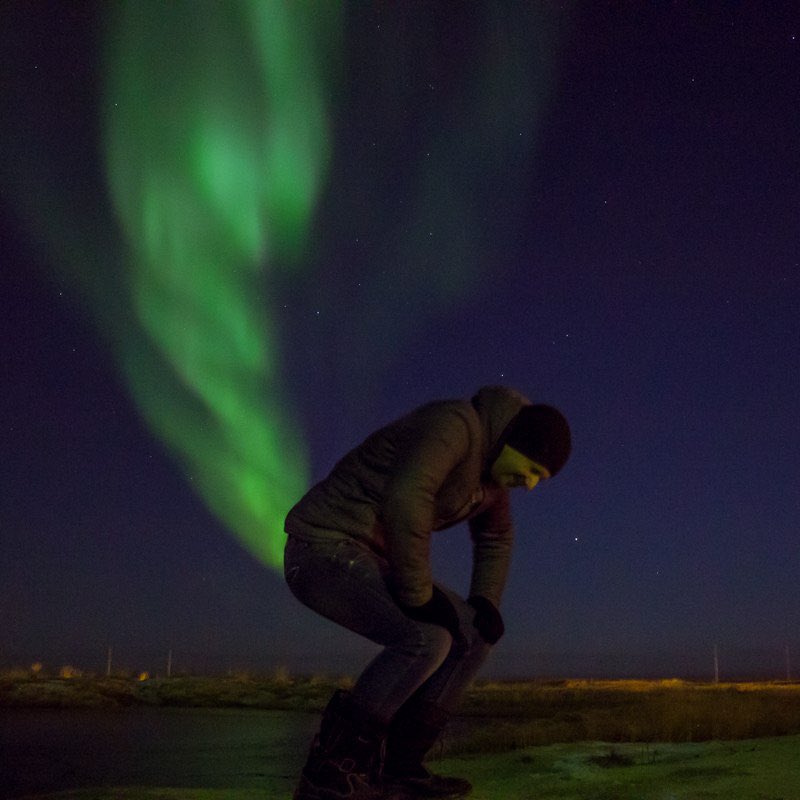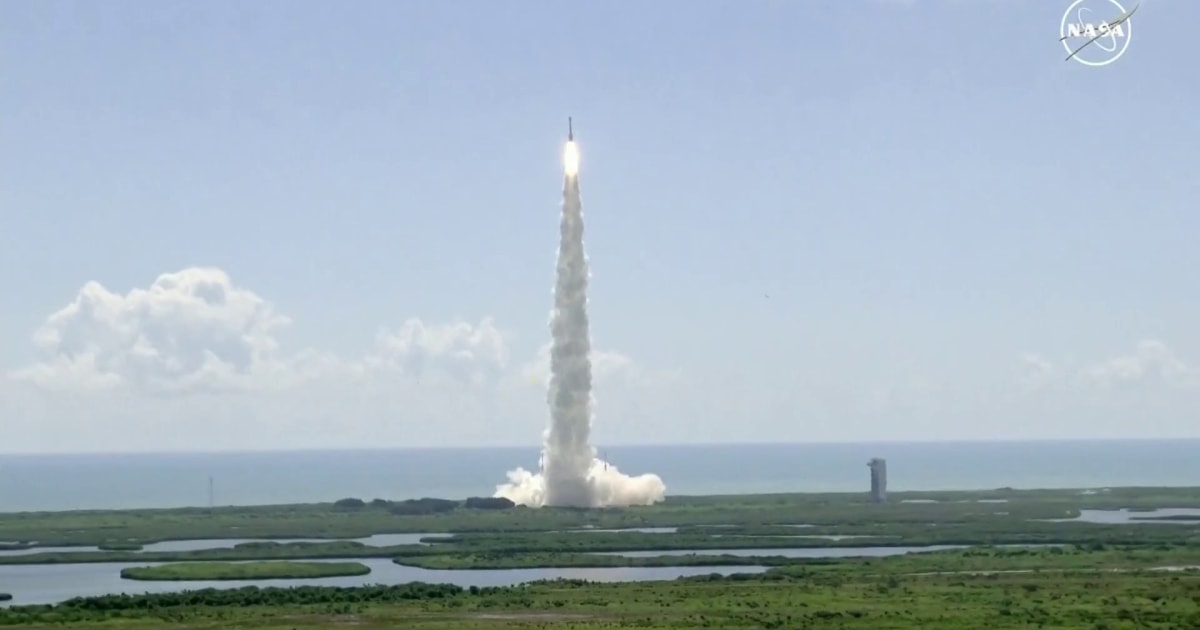The star system GK Per is known to be associated with only two of the three nebulas pictured. At 1500 light years distant, Nova Persei 1901 (GK Persei) was the second closest nova yet recorded. At the very center is a white dwarf star, the surviving core of a former Sun-like star. It is surrounded by the circular Firework nebula, gas that was ejected by a thermonuclear explosion on the white dwarf's surface -- a nova -- as recorded in 1901. The red glowing gas surrounding the Firework nebula is the atmosphere that used to surround the central star. This gas was expelled before the nova and appears as a diffuse planetary nebula. The faint gray gas running across is interstellar cirrus that seems to be just passing through coincidently. In 1901, GK Per's nova became brighter than Betelgeuse. Similarly, star system T CrB is expected to erupt in a nova later this year, but we don't know exactly when nor how bright it will become.
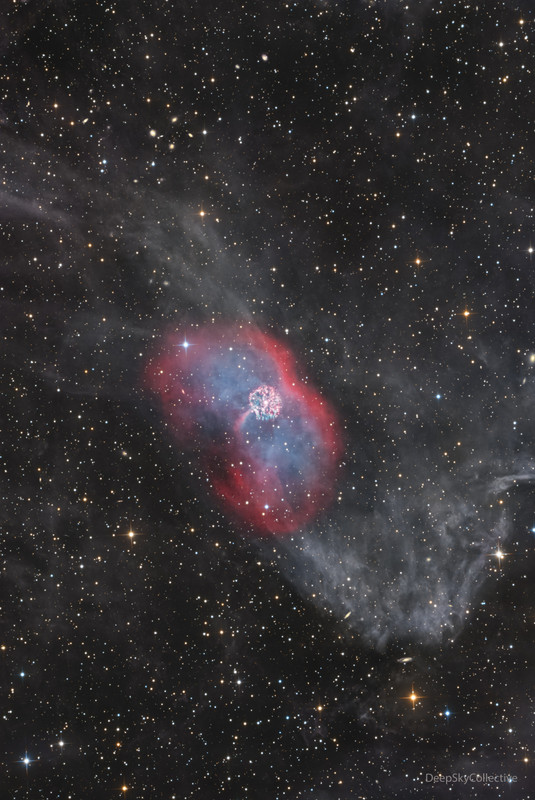
To some, this nebula looks like the head of a fish. However, this colorful cosmic portrait really features glowing gas and obscuring dust clouds in IC 1795, a star forming region in the northern constellation Cassiopeia. The nebula's colors were created by adopting the Hubble color palette for mapping narrowband emissions from oxygen, hydrogen, and sulfur atoms to blue, green and red colors, and further blending the data with images of the region recorded through broadband filters. Not far on the sky from the famous Double Star Cluster in Perseus, IC 1795 is itself located next to IC 1805, the Heart Nebula, as part of a complex of star forming regions that lie at the edge of a large molecular cloud. Located just over 6,000 light-years away, the larger star forming complex sprawls along the Perseus spiral arm of our Milky Way Galaxy. At that distance, IC 1795 would span about 70 light-years across.
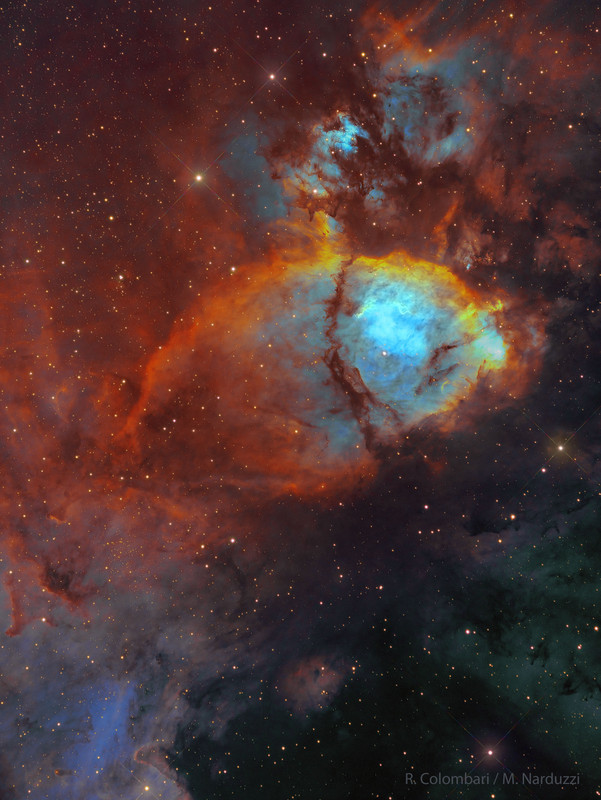
Star formation can be messy. To help find out just how messy, ESA's new Sun-orbiting Euclid telescope recently captured the most detailed image ever of the bright star forming region M78. Near the image center, M78 lies at a distance of only about 1,300 light-years away and has a main glowing core that spans about 5 light-years. The featured image was taken in both visible and infrared light. The purple tint in M78's center is caused by dark dust preferentially reflecting the blue light of hot, young stars. Complex dust lanes and filaments can be traced through this gorgeous and revealing skyscape. On the upper left is associated star forming region NGC 2071, while a third region of star formation is visible on the lower right. These nebulas are all part of the vast Orion Molecular Cloud Complex which can be found with even a small telescope just north of Orion's belt.
Link to the same image but different resolutions with 8200x8200, 116 MB, being the largest.
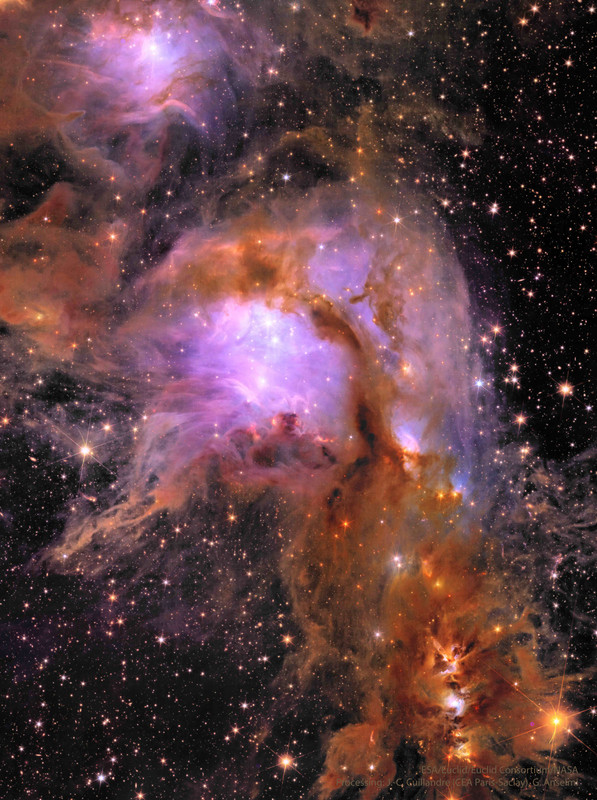
Here, Euclid captures NGC 6744, one of the largest spiral galaxies beyond our local patch of space. It’s a typical example of the type of galaxy currently forming most of the stars in the nearby Universe, making it a wonderful archetype to study with Euclid. This image is released as part of the Early Release Observations from ESA’s Euclid space mission.
Euclid’s large field-of-view covers the entire galaxy, revealing not only spiral structure on larger scales but also capturing exquisite detail on small spatial scales, and at a combination of wavelengths. This detail includes feather-like lanes of dust emerging as ‘spurs’ from the spiral arms, which Euclid is able to image with incredible clarity. Euclid’s observations will allow scientists to not only count individual stars within NGC 6744 but also trace the wider distribution of stars and dust in the galaxy, as well as mapping the dust associated with the gas that fuels new star formation.
Link to the same image but different resolutions with 8200x8200, 110 MB, being the largest.
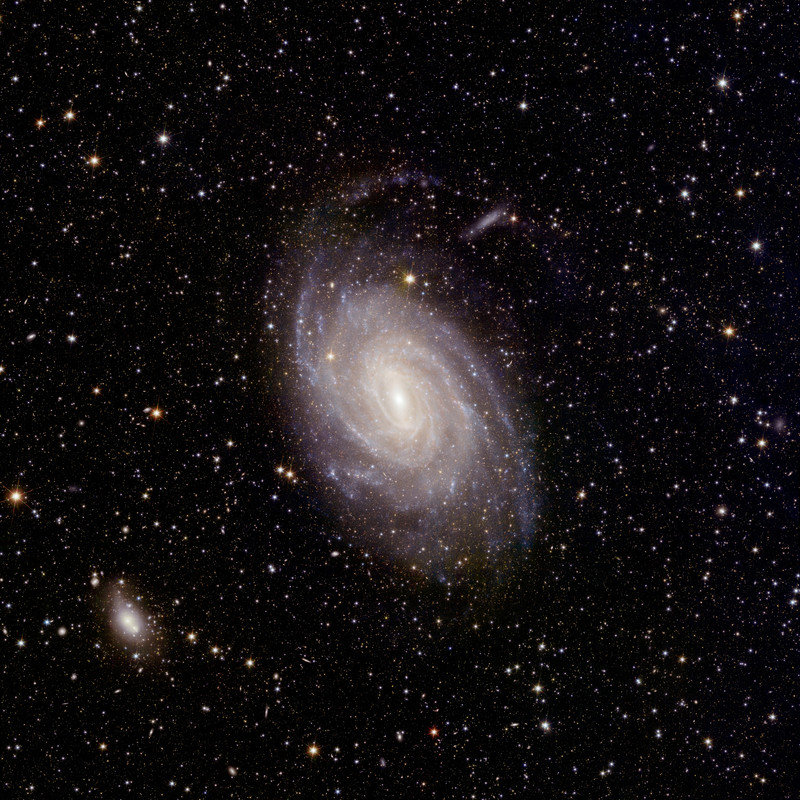
More than
50,000 galaxies are visible in this image of Abell 2390, a galaxy cluster 2.7 billion light-years away from Earth. Near the center of the image, some of the galaxies appear smudged and curved, an effect called strong gravitational lensing that can be used to detect dark matter.
This view shows the galaxy cluster Abell 2764 (top right), a very dense region of space containing hundreds of galaxies orbiting within a halo of dark matter.
Euclid captures a range of objects in this patch of sky, including many background galaxies, more distant galaxy clusters, interacting galaxies that have thrown off streams and shells of stars, and a pretty edge-on spiral that allows us to see the ‘thinness’ of its disk.
This complete view of Abell 2764 and surroundings – obtained thanks to Euclid’s impressively wide field-of-view – allows scientists to ascertain the radius of the cluster and study its outskirts with faraway galaxies still in frame. Euclid's observations of Abell 2764, as with Abell 2390 (another target depicted in the images released today from the space telescope), are also allowing scientists to witness some of the most distant galaxies that lived in a mysterious period known as the cosmic dark ages. Euclid enables us to see these galaxies back when the Universe was only 700 million years old, just 5% of its current age. Viewing their light is a specialty of Euclid, and allows us to witness how the first galaxies formed.
Also seen here is a bright foreground star that lies within our own galaxy (lower left: V*BP-Phoenicis/HD 1973, a star within our galaxy and in the southern hemisphere that’s nearly bright enough to be seen by the human eye). When we look at a star through a telescope, its light is scattered outwards into the typical spiked shape due to the telescope’s optics. Euclid was designed to make this scatter as small as possible. As a result, we can measure the star very accurately, and capture galaxies that lie nearby without being blinded by the star’s brightness.
Link to the same image but different resolutions with 8200x8200, 132 MB, being the largest.
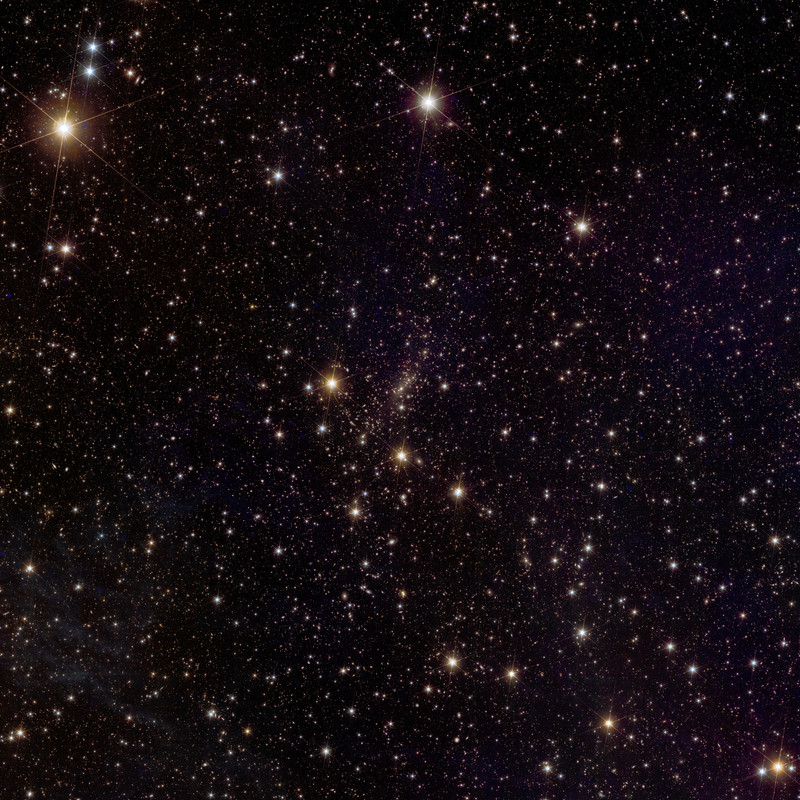

www.newsnationnow.com
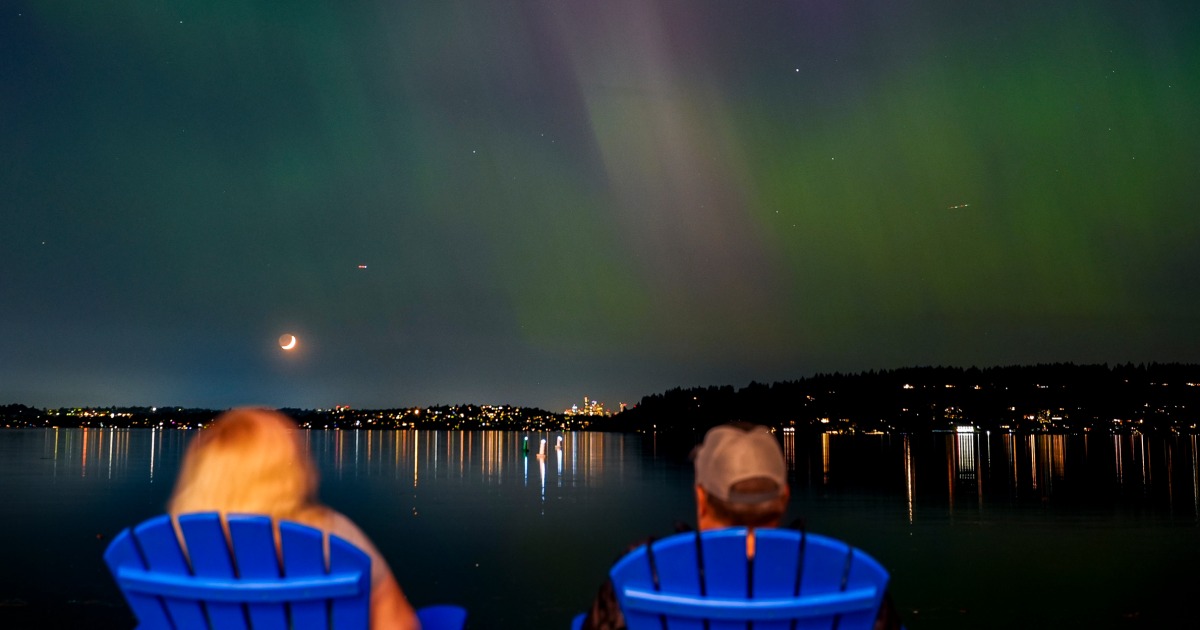
www.nbcnews.com

www.abcactionnews.com



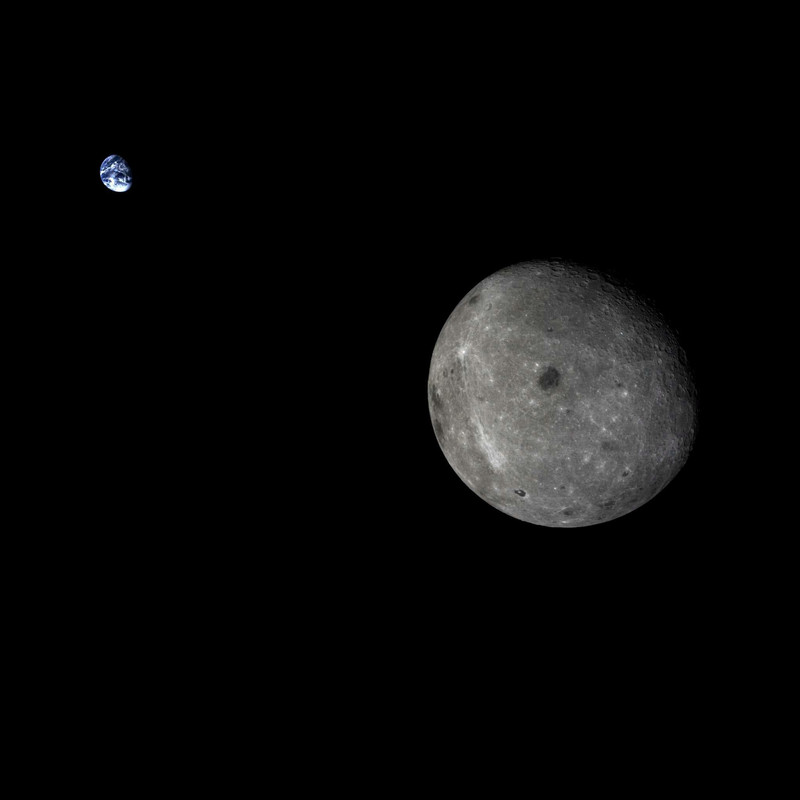





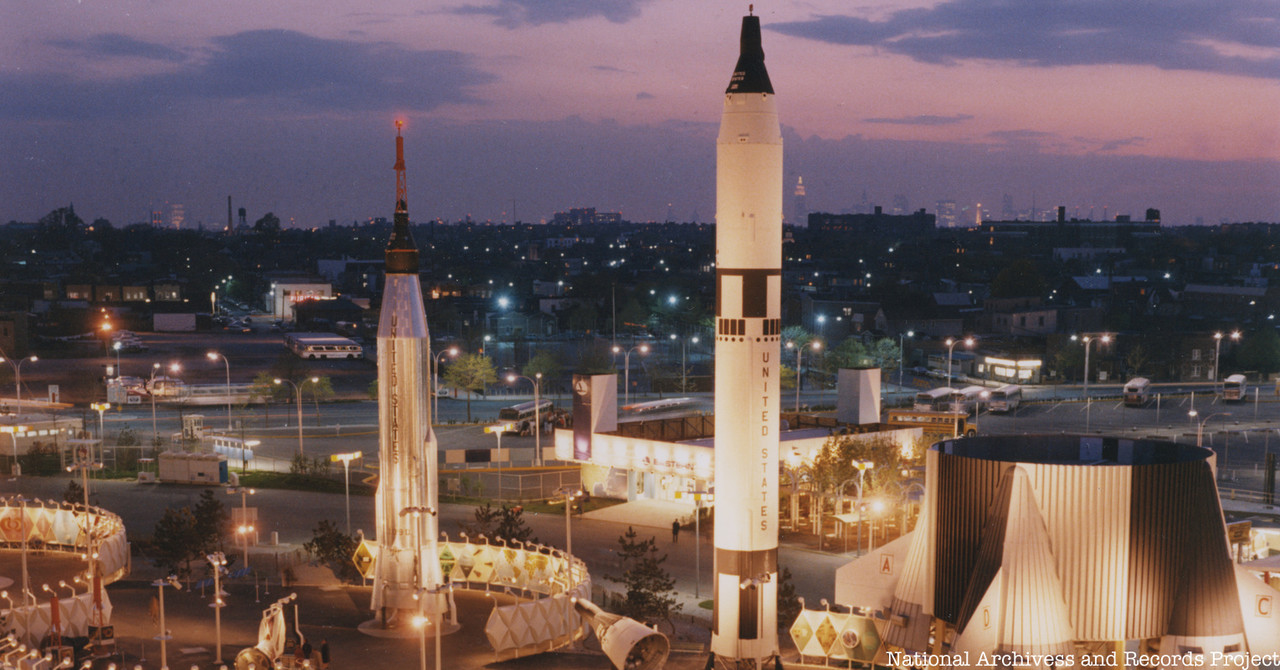
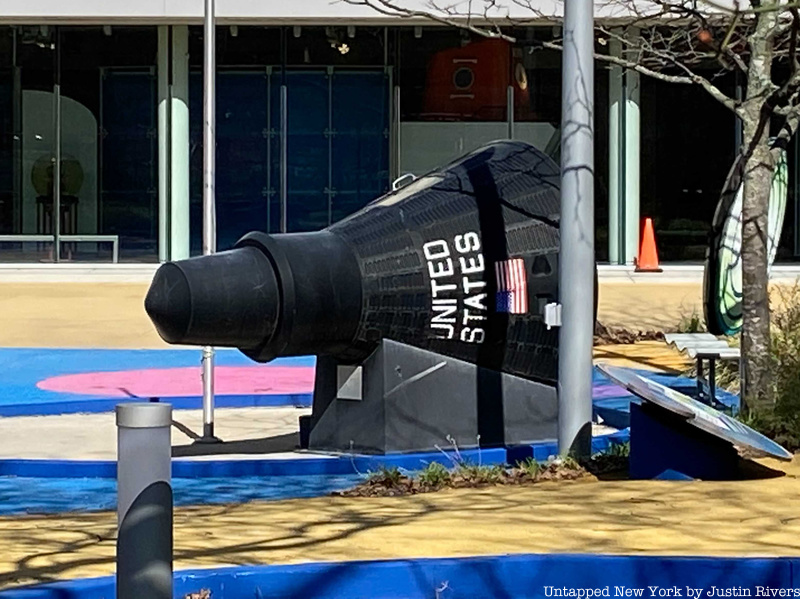
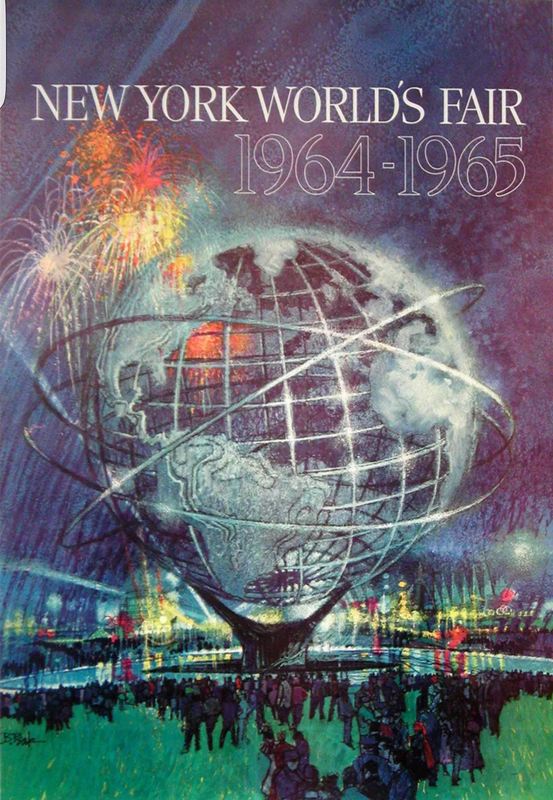
































 :
:




